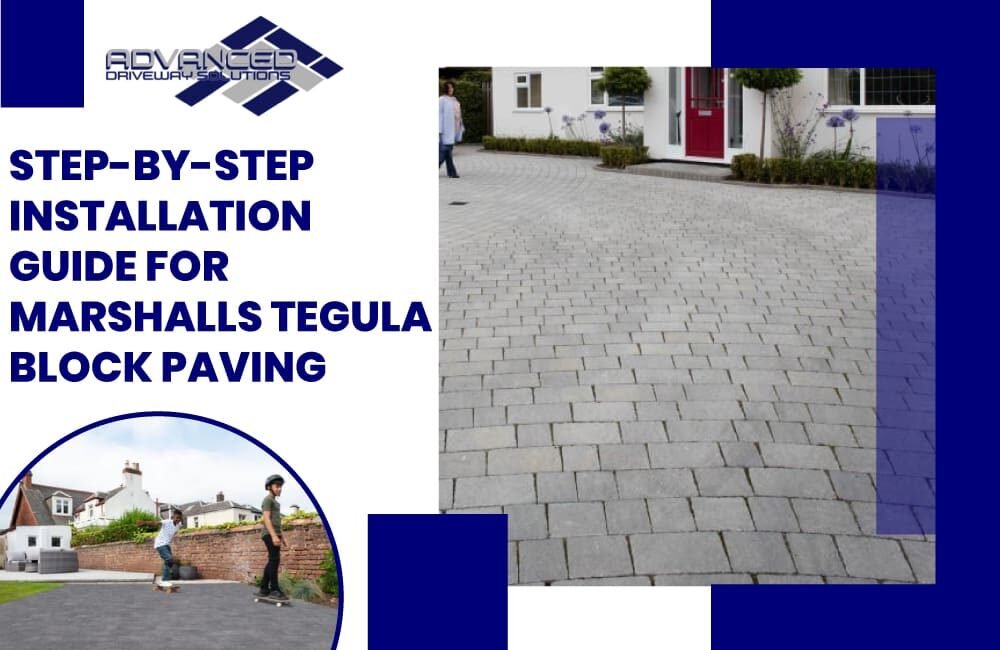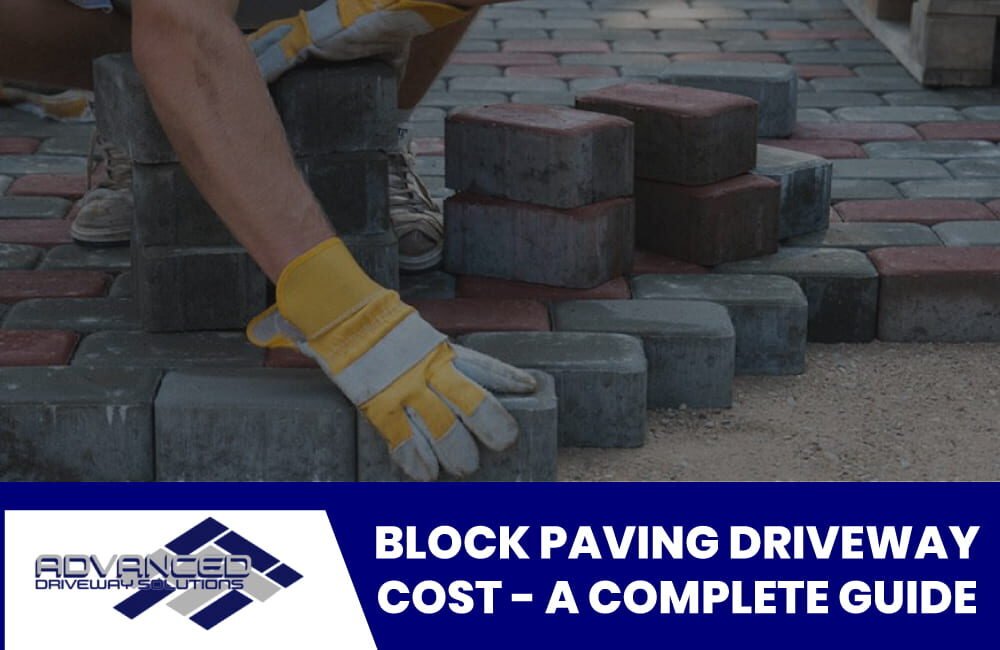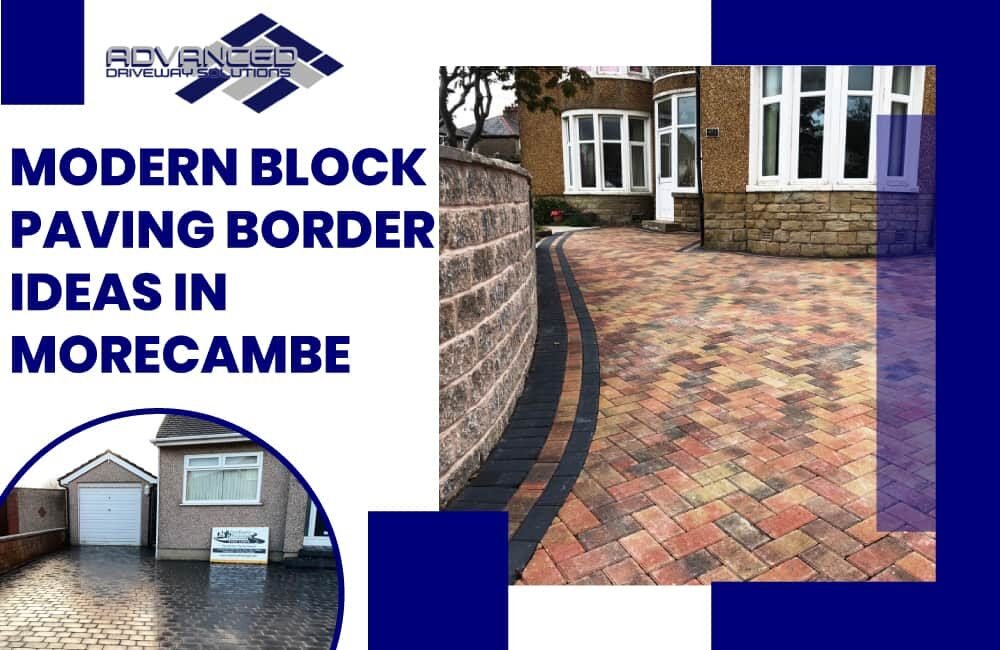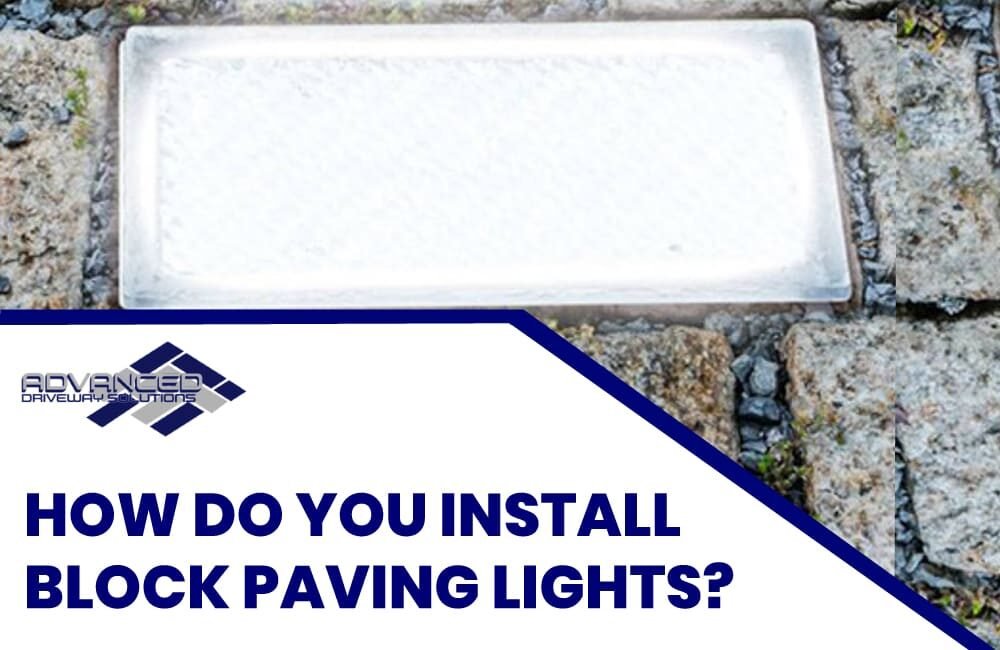How to Deal with Common Driveway Issues?
Your driveway is more than just a path to your garage—it’s the red carpet to your home, setting the stage for curb appeal and property value. However, it’s also exposed to the elements and subjected to constant wear, which can lead to a range of common issues. From unsightly cracks that mar its surface to potholes that threaten to trip up your tire, a driveway can encounter various problems that diminish its aesthetics, pose safety hazards, and decrease your property value. Learn How to Deal with Common Driveway Issues?
The good news is that the right knowledge and care can prevent many of these issues. Understanding the root causes of driveway deterioration is the first step to keeping your drive in top shape. Whether it’s the relentless sun causing the colour to fade, the freeze-thaw cycle turning small cracks into big problems, or even de-icing products eating away at the surface, each issue has a preventive solution.
Let’s dive in and lay the foundation for a driveway that stands the test of time.
How to Deal with Common Driveway Issues?
Understanding the common issues is crucial in taking preventative steps to avoid costly repairs and maintain the longevity and aesthetics of your driveway.
Here are some of the most common driveway issues and how they can be prevented:
1. Cracking
Cracking is a prevalent issue for driveways and can be a gateway to various structural problems if not addressed.
Causes of Cracking
Cracking in driveways is a common but avoidable nuisance. It can stem from:
Temperature Fluctuations and Weather Conditions: The expanding and contracting of materials with changes in temperature can lead to cracks. Especially in regions with severe weather changes, driveways can crack under the pressure of the freeze-thaw cycle.
Poor Installation or Inadequate Base: A driveway is only as sturdy as its foundation. If a driveway is laid on an uneven or insufficient base, the surface is more likely to crack under any pressure or shift in the ground.
Prevention Tips
To prevent cracking, certain steps need to be taken:
Proper Installation with a Strong Foundation: A solid base is critical for the longevity of a driveway. During installation, ensure that the foundation is compact and level to provide the best support for the surface material.
Regular Sealing and Prompt Repairs: Apply a high-quality sealant periodically to protect the driveway from water and weather damage. If small cracks appear, address them immediately to prevent them from expanding.
Consideration of Climate-Appropriate Materials: Choosing the right materials for your region’s climate can greatly reduce the risk of cracking. For instance, in colder climates, materials that can withstand the freeze-thaw cycle without cracking are the better choice.
2. Potholes
Driveway potholes are not just a problem for your vehicle’s suspension; they’re a symptom of the health of your driveway. Left unchecked, they can grow, causing more significant issues and leading to costly repairs.
Formation of Potholes
Water Infiltration and Freeze-Thaw Cycles: Potholes often start as small cracks which allow water to infiltrate. This water then expands as it freezes, exerting pressure that breaks the pavement apart. When the ice melts, it leaves behind a void where the pavement can collapse and form a pothole.
Wear and Tear from Vehicles: The weight of cars and trucks passing over the same spot can put a strain on the driveway, particularly where water has weakened the surface. Over time, this wear and tear can lead to the development of potholes.
Prevention Strategies
To protect your driveway from potholes, consider these steps:
Effective Drainage Solutions: Proper drainage is essential to prevent water from pooling and seeping into the pavement, thus preventing the freeze-thaw cycle that leads to potholes.
Regular Inspection and Maintenance: Keeping an eye out for early signs of damage and addressing them quickly can prevent minor issues from escalating into potholes.
Use of Durable Paving Materials: Opting for quality paving materials that can endure the rigours of weather and vehicles is an effective way to reduce the formation of potholes.
Adhering to these prevention strategies can help maintain a smooth and durable driveway, saving you from the hassle and expense of dealing with potholes.
3. Fading and Discoloration
Fading and discolouration of a driveway can detract from your home’s curb appeal and may signal surface wear that could lead to further damage if ignored. To preserve the pristine appearance and integrity of your driveway, it’s important to understand what causes this fading and how to prevent it.
Reasons for Fading
UV Exposure and Weather Elements: Just like the sun can damage your skin, it can also fade and weaken your driveway. Constant exposure to UV rays and various weather conditions can bleach out the colour and deteriorate the surface materials.
Spillage of Chemicals and Oil: Driveways often become the accidental recipients of various chemical spills. Oil, gasoline, and other harsh substances can leave behind stains and discolouration and, over time, can eat away at the sealant and the pavement itself.
Preventative Measures
To combat fading and keep your driveway looking new, consider these actions:
Application of Sealants and UV Protectants: Regularly applying a high-quality sealant can provide a barrier against the sun’s rays and other damaging weather elements.
Prompt Cleaning of Spills and Stains: Quick action on spills, especially oil and chemicals, can prevent stains from setting and causing discolouration. Having a routine cleaning schedule can also prolong the life of your driveway’s surface.
4. Weeds and Grass Growth
Weeds and grass can transform a sleek driveway into a dishevelled and unkempt space, potentially causing further damage if left unchecked. Tackling the root causes of this growth can keep your driveway pristine and prevent the expensive repairs that come with overgrown weeds.
Causes of Weedy Growth
Cracks and Gaps Allowing for Seed Penetration: Even the smallest cracks in your driveway can become a haven for weeds. Seeds blown by the wind find these cracks, take root, and can quickly grow into unsightly and damaging weeds.
Overhanging Vegetation and Poor Edging: Vegetation overhanging your driveway can drop seeds directly onto the surface. Additionally, poorly edged driveways allow grass and weeds from your lawn to encroach upon and breach the edges of the pavement.
Prevention Approaches
To maintain a weed-free driveway, implement these preventative measures:
Sealing Cracks and Joints: Regularly inspect your driveway for cracks and seal them promptly. This not only prevents weeds but also protects the driveway from further damage.
Regular Edging and Application of Weed Preventers: Keep the edges of your driveway clear with regular edging, and consider using pre-emergent weed preventers to stop weed seeds from germinating.
Also read: How To Install a Block Paving Manhole Cover?
5. Drainage Issues
Proper drainage is crucial for driveway longevity and safety; without it, homeowners may face a slew of issues that can lead to significant damage and hazards. Ensuring effective drainage is in place can save on extensive repair costs and reduce accident risks.
Impact of Poor Drainage
Water Accumulation Leading to Structural Damage: Standing water is the nemesis of driveway longevity. It seeps into tiny cracks and under the driveway, which can lead to serious structural damage over time, especially if the water undergoes freeze-thaw cycles.
Increased Risk of Slipping and Accidents: Pools of water on the surface of the driveway can create a slipping hazard for both pedestrians and vehicles, increasing the risk of accidents and injuries.
Prevention Tactics
To prevent these issues, consider the following tactics during installation and maintenance:
Proper Slope and Grading During Installation: A driveway should be designed with a slope that guides water away from the surface, preventing pooling and the subsequent issues it can cause.
Installing Drainage Systems Like Channels or Grates: Including built-in drainage systems can greatly improve water management, directing it away from the driveway and into appropriate drainage areas.
6. Undermining by Tree Roots
The verdant allure of trees can add beauty and value to any property, but their roots can wreak havoc on the integrity of your driveway. Understanding the potential for damage and taking steps to mitigate it can prevent costly repairs and maintain the seamless look of your driveway.
Effects of Tree Roots
Lifting and Cracking of Pavement: As tree roots grow, they can exert considerable force on the pavement above, leading to lifting and cracking. This can cause uneven surfaces, creating tripping hazards and diminishing the driveway’s appearance.
Long-term Structural Damage: The persistent growth of roots beneath a driveway doesn’t just cause surface-level issues; it can also compromise the structural base of the driveway, leading to more severe and long-term damage that may require complete replacement.
Preventative Actions
To protect your driveway from the potential damage caused by tree roots, consider these actions:
Strategic Tree Planting Away from Driveways: When landscaping, plant trees at a distance that accounts for their mature root spread, ensuring they won’t reach the driveway as they grow.
Root Barriers and Regular Root Maintenance: Installing root barriers at the time of tree planting can direct root growth deeper into the soil and away from your driveway. Additionally, regular root maintenance by a professional can help manage root growth without harming the tree.
Taking these preventative steps helps maintain the structural integrity of your driveway and the health of your trees, ensuring both can coexist beautifully and without conflict.
7. Wear and Tear from Heavy Loads
The durability of a driveway is put to the test under the weight of heavy vehicles. Over time, the strain from such loads can lead to wear and tear, which not only affects the driveway’s appearance but also its structural soundness.
Consequences of Heavy Loads
Surface Damage and Base Compression: Heavy loads can cause ruts, depressions, and cracks on the surface of a driveway. The pressure can also compress and shift the base material, undermining the driveway’s structural integrity.
Shortened Driveway Lifespan: Regular traffic from heavy vehicles can accelerate the deterioration of a driveway, significantly reducing its expected lifespan and leading to more frequent and costly repairs or replacements.
Prevention Suggestions
To minimize the damage from heavy loads, here are some proactive measures:
Use of Thicker Pavement Sections for Anticipated Loads: When constructing a driveway, consider the types of vehicles that will use it. Using thicker pavement sections can provide the necessary support for heavier loads, preventing damage.
Limiting the Frequency of Heavy Load Traffic: Whenever possible, limit the use of your driveway by heavy vehicles. If heavy traffic is unavoidable, consider reinforcing the most commonly used sections to withstand the extra weight.
By taking these preventative steps, you can help ensure your driveway remains in good condition, capable of withstanding the demands of daily use without succumbing to premature wear and tear.
8. De-icing Damage
The icy grip of winter can lead to hazardous conditions on driveways, necessitating the use of de-icing chemicals. While these chemicals are effective at melting ice, they can also cause significant damage to the driveway surface if not used carefully.
Damage from De-icing Chemicals
Pitting and Surface Erosion: De-icing agents, particularly those that are chloride-based, can cause pitting, where small holes form on the surface, as well as general surface erosion. This not only affects the aesthetic of the driveway but also its structural integrity.
Acceleration of Freeze-Thaw Damage: Chemicals lower water’s freezing point. This leads to more freeze-thaw cycles. The cycles cause driveway materials to expand and contract. Over time, this results in cracks and potholes.
Prevention Techniques
To minimize the impact of de-icing on your driveway, consider these techniques:
Use of Safer De-icing Alternatives: Choose calcium magnesium acetate (CMA) as a driveway-safe alternative. It’s less corrosive. CMA is safer for concrete surfaces.
Protective Sealant Applications Before Winter: Using a good sealant can block moisture and chemicals, preventing de-icing corrosion.
Conclusion
Addressing common driveway issues efficiently is crucial. Regular maintenance, such as sealing cracks and proper cleaning, can prevent larger problems. If issues like potholes or drainage concerns arise, seek professional advice promptly.
By tackling these problems head-on, the question of “How to Deal with Common Driveway Issues?” becomes manageable, ensuring a safe and appealing driveway that complements your home for years to come.








